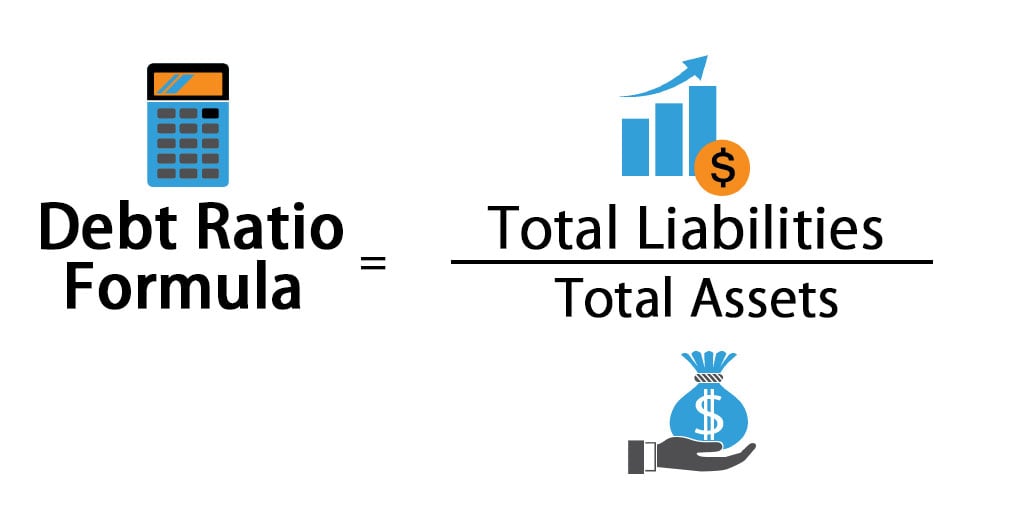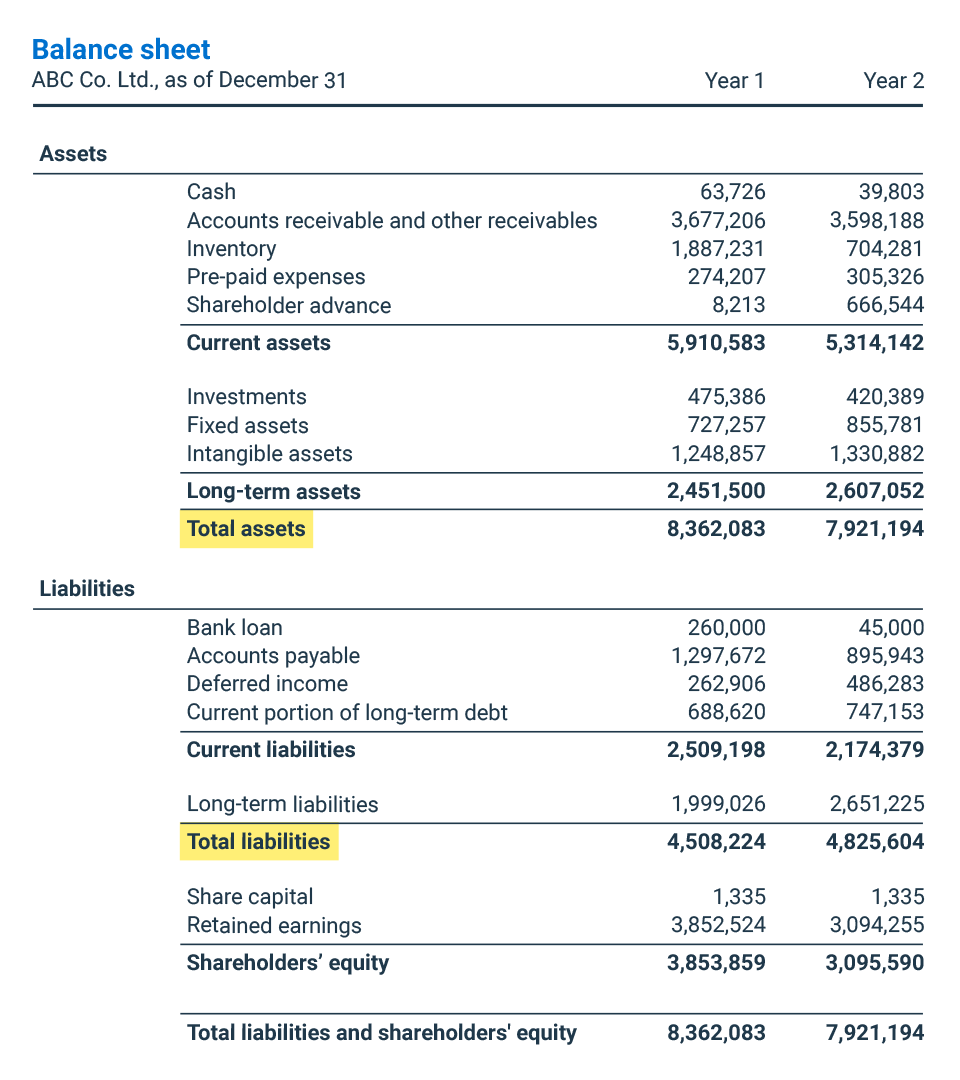
Gearing ratios constitute a broad category of financial ratios, of which the D/E ratio is the best known. Ratio between debt and equity measures how much debt a business has relative to its capital. One of the limitations of this ratio is that the computation is based on book value, as it is sometimes useful to calculate these ratios using market values.
Do you own a business?
A decrease in the D/E ratio indicates that a company is becoming less leveraged and is using less debt to finance its operations. This usually signifies that a company is in good financial health and is generating enough cash flow to cover its debts. The Debt to Equity Ratio (D/E) measures a company’s financial risk by comparing its total outstanding debt obligations to the value of its shareholders’ equity account. Taking a broader view of a company and understanding the industry its in and how it operates can help to correctly interpret its D/E ratio.

Retention of Company Ownership
- Our team of reviewers are established professionals with decades of experience in areas of personal finance and hold many advanced degrees and certifications.
- Over time, the cost of debt financing is usually lower than the cost of equity financing.
- It’s useful to compare ratios between companies in the same industry, and you should also have a sense of the median or average D/E ratio for the company’s industry as a whole.
- If a D/E ratio becomes negative, a company may have no choice but to file for bankruptcy.
Understanding these distinctions is crucial for accurately interpreting a company’s financial obligations and overall leverage. Restoration Hardware’s cash flow from operating activities has consistently grown over the past three years, suggesting the debt is being put to work and is driving results. Additionally, the growing cash flow how to calculate fixed cost indicates that the company will be able to service its debt level. As an example, the furnishings company Ethan Allen (ETD) is a competitor to Restoration Hardware. The 10-K filing for Ethan Allen, in thousands, lists total liabilities as $312,572 and total shareholders’ equity as $407,323, which results in a D/E ratio of 0.76.
Specific to Industries
Conversely, a lower ratio indicates that the company primarily uses equity, which doesn’t require repayment but might dilute ownership. The quick ratio measures the capacity of a company to pay its current liabilities without the need to sell its inventory or acquire additional financing. Using the D/E ratio to assess a company’s financial leverage may not be accurate if the company has an aggressive growth strategy. For instance, utility companies often exhibit high D/E ratios due to their capital-intensive nature and steady income streams. These companies frequently borrow extensively, given their stable returns, making high leverage ratios a common and efficient use of capital in this slow-growth sector. Similarly, companies in the consumer staples industry tend to show higher D/E ratios for comparable reasons.
Putting the D/E in Context
Total liabilities are all of the debts the company owes to any outside entity. Determining whether a company’s ratio is good or bad means considering other factors in conjunction with the ratio. On the other hand, a comparatively low D/E ratio may indicate that the company is not taking full advantage of the growth that can be accessed via debt. Simply put, the higher the D/E ratio, the more a company relies on debt to sustain itself.
Finance Strategists has an advertising relationship with some of the companies included on this website. We may earn a commission when you click on a link or make a purchase through the links on our site. All of our content is based on objective analysis, and the opinions are our own.
For example, Company A has quick assets of $20,000 and current liabilities of $18,000. The quick ratio is also a more conservative estimate of how liquid a company is and is considered to be a true indicator of short-term cash capabilities. The cash ratio compares the cash and other liquid assets of a company to its current liability. This method is stricter and more conservative since it only measures cash and cash equivalents and other liquid assets. On the other hand, when a company sells equity, it gives up a portion of its ownership stake in the business.
Generally, a ratio below 1 is considered safer, while a ratio above 2 might indicate higher financial risk. Suppose a company carries $200 million in total debt and $100 million in shareholders’ equity per its balance sheet. In some cases, companies can manipulate assets and liabilities to produce debt-to-equity ratios that are more favorable. If they’re low, it can make sense for companies to borrow more, which can inflate the debt-to-equity ratio, but may not actually be an indicator of bad tidings. A company’s accounting policies can change the calculation of its debt-to-equity. For example, preferred stock is sometimes included as equity, but it has certain properties that can also make it seem a lot like debt.
Therefore, even if such companies have high debt-to-equity ratios, it doesn’t necessarily mean they are risky. For example, companies in the utility industry must borrow large sums of cash to purchase costly assets to maintain business operations. However, since they have high cash flows, paying off debt happens quickly and does not pose a huge risk to the company.
It shows the relation between the portion of assets financed by creditors and the portion of assets financed by stockholders. Understanding the average Debt to Equity ratio in your industry helps contextualize your company’s financial standing. This comparison can inform strategic decisions regarding financing and growth. Assume a company has $100,000 of bank lines of credit and a $500,000 mortgage on its property. Companies can improve their D/E ratio by using cash from their operations to pay their debts or sell non-essential assets to raise cash.
It reflects the company’s net worth and is a critical component in various financial metrics, including the D/E Ratio. Shareholders’ equity can increase through retained earnings and additional investments from shareholders. A higher ratio may signal potential higher returns, as debt financing can amplify profits. However, it also indicates higher risk, as the company has more financial obligations to meet. Conversely, a lower ratio may appeal to conservative investors seeking stability and lower risk, even though this might come with lower potential returns. By understanding the implications of the debt-to-equity ratio, investors can align their investment choices with their risk tolerance and financial goals.
